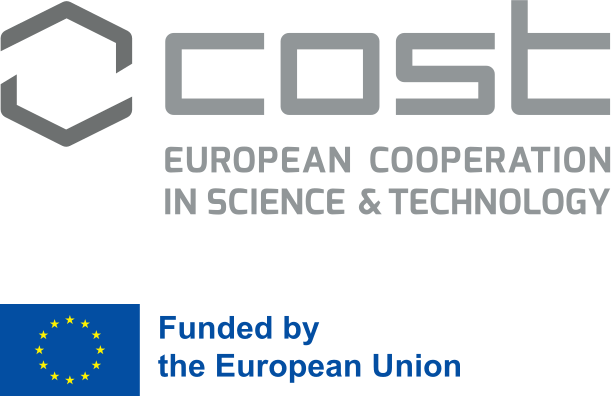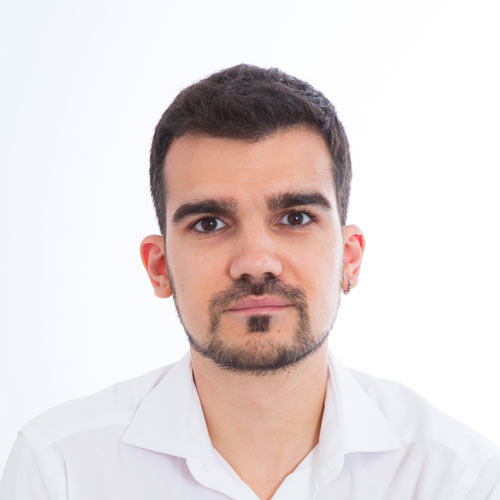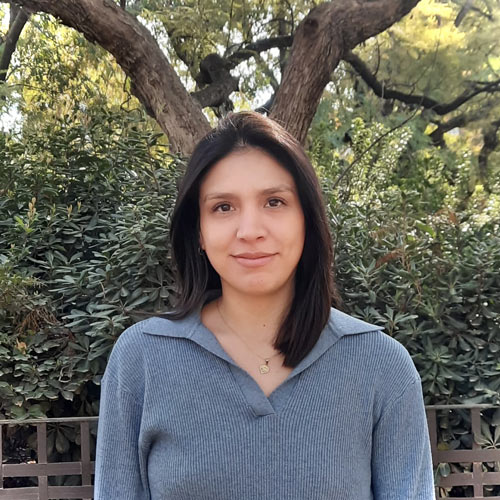Raya Group
Reprogramming the potency of somatic cells to accelerate stem cell-based regeneration

Lab focus
During embryo development, the potency of the zygote is deployed through coordinated and stereotypical changes in cell behaviors and processes of tissue patterning, ultimately resulting in the formation of an entire, highly complex organism in a relatively short period of time. Throughout this process, the developmental potency of individual cells, i.e. their ability to give rise to cells of a different type than their own, is progressively lost, so that somatic cells in adult individuals retain very limited potency (such as in rare adult stem cells) or show no potency at all.
Our laboratory is interested in understanding the mechanisms that govern the degree of potency of human somatic cells, and how it can be experimentally increased for conditions where doing so may be of biomedical relevance. Specifically, the context in which we investigate these issues is mainly centered on the paradigm of cardiac regeneration/repair. Overall, our research takes advantage of a variety of experimental paradigms (zebrafish heart regeneration, human iPSC generation and differentiation), approached from a multi-disciplinary perspective, ranging from bioengineering approaches to 3D stem cell differentiation to single-cell genetic lineage tracing analyses and genetic manipulation of human cells, aimed at tackling important current issues in biology and biomedicine, such as the mechanisms that control the establishment and maintenance of developmental potency, the initiation and progression of the regenerative process, and the differentiation and functional maturation of human cardiomyocytes, and the development of genuinely human models of human disease.
Why it matters
Heart-related diseases are the main cause of mortality in the world, with ischemic heart disease being the single most frequent condition accounting for the death toll. This results from the very limited ability of the mammalian heart to regenerate on its own, and underscores the pressing biomedical need to finding ways for potentiating this ability (heart regeneration) and/or providing new cardiac cells to replace the lost or damaged ones (heart repair).
News
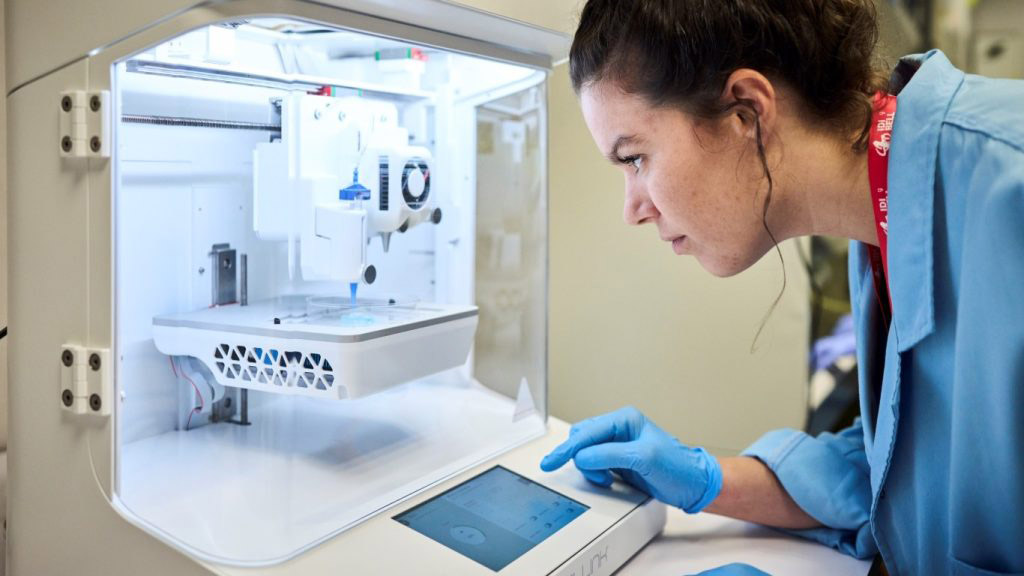 P-CMRC researchers generate heart tissue by 3D bioprinting for the first time (June 2025)
P-CMRC researchers generate heart tissue by 3D bioprinting for the first time (June 2025)
Read Article:
IDIBELL, TV3, La Vanguardia, Ara
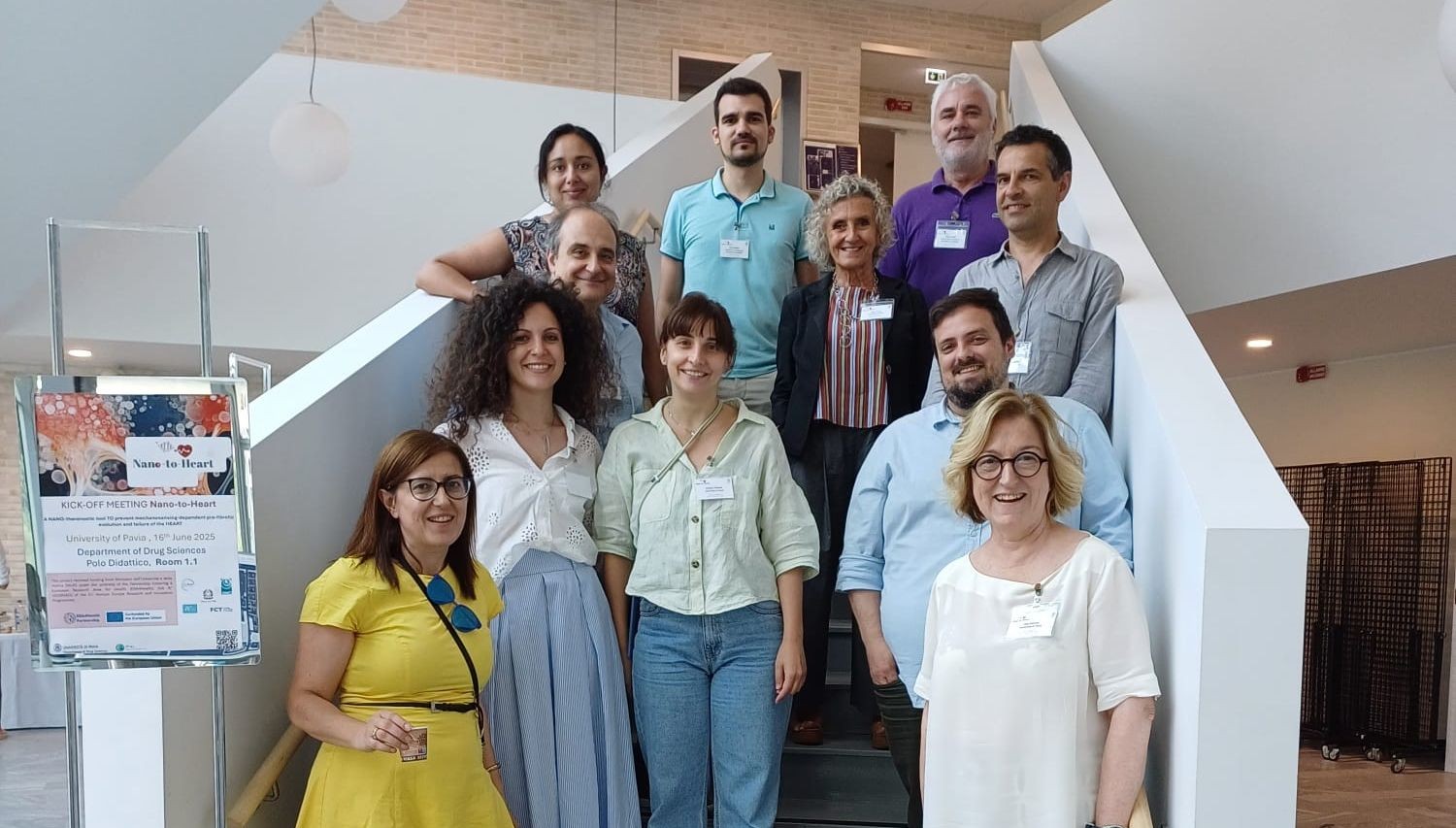 KickOff – Nano-to-Heart (May 2025)
KickOff – Nano-to-Heart (May 2025)
The Nano-to-Heart project has recently launched, and research activities across the various participating groups are now in full swing!
Read Article
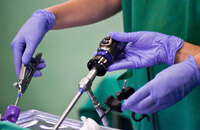 Proyecto La Marató – Meeting de partners en Cáceres, CCMIJU – Con BST y Jesus Usón (May 2025)
Proyecto La Marató – Meeting de partners en Cáceres, CCMIJU – Con BST y Jesus Usón (May 2025)
En el CCMIJU seguimos apostando por la investigación traslacional como vía para abordar grandes retos médicos.
Read Article
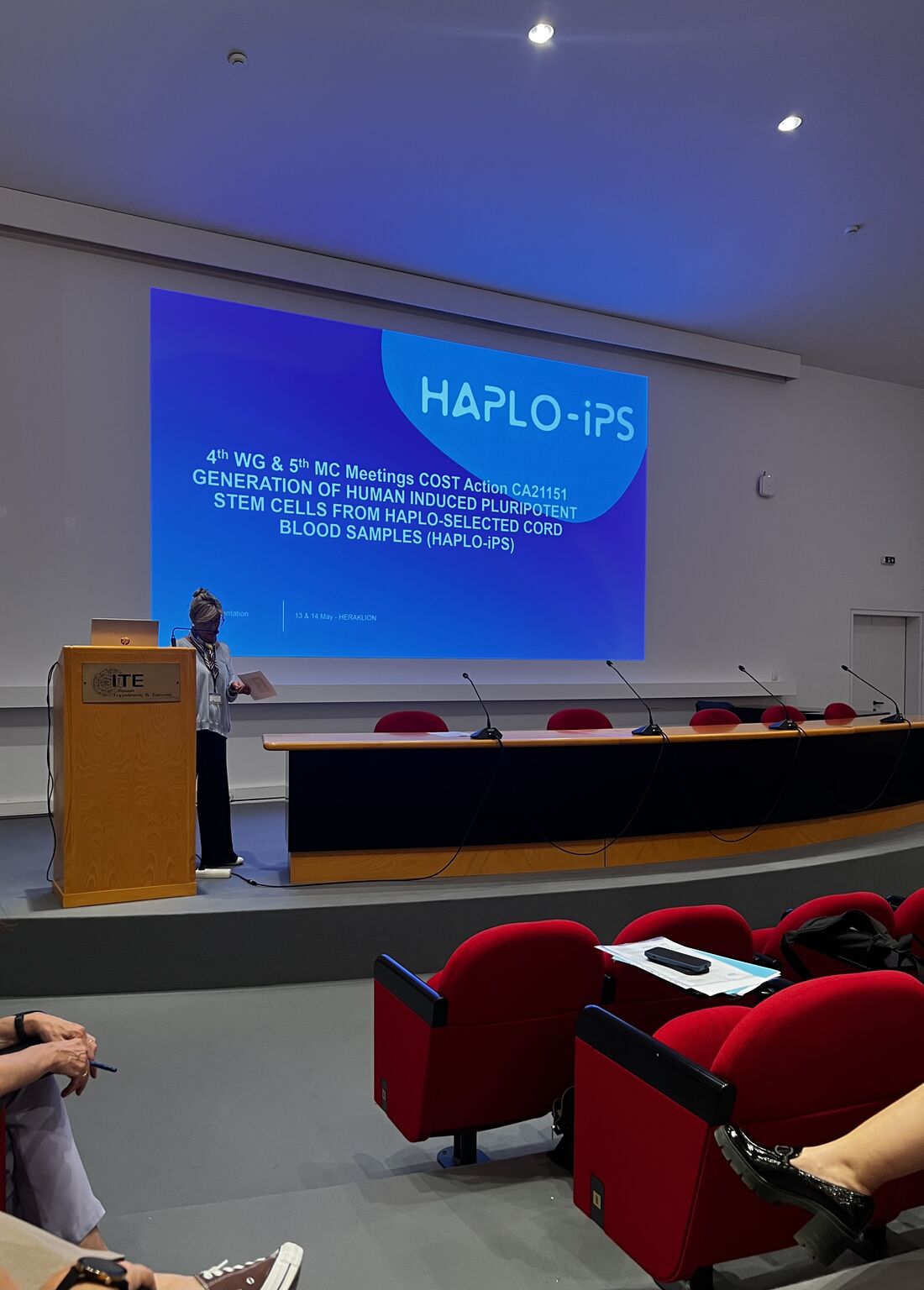 HAPLO iPSC – Crete (May 2025)
HAPLO iPSC – Crete (May 2025)
The event brought together researchers from across Europe to share progress and define the next steps across key areas such as cell sourcing.
Read Article
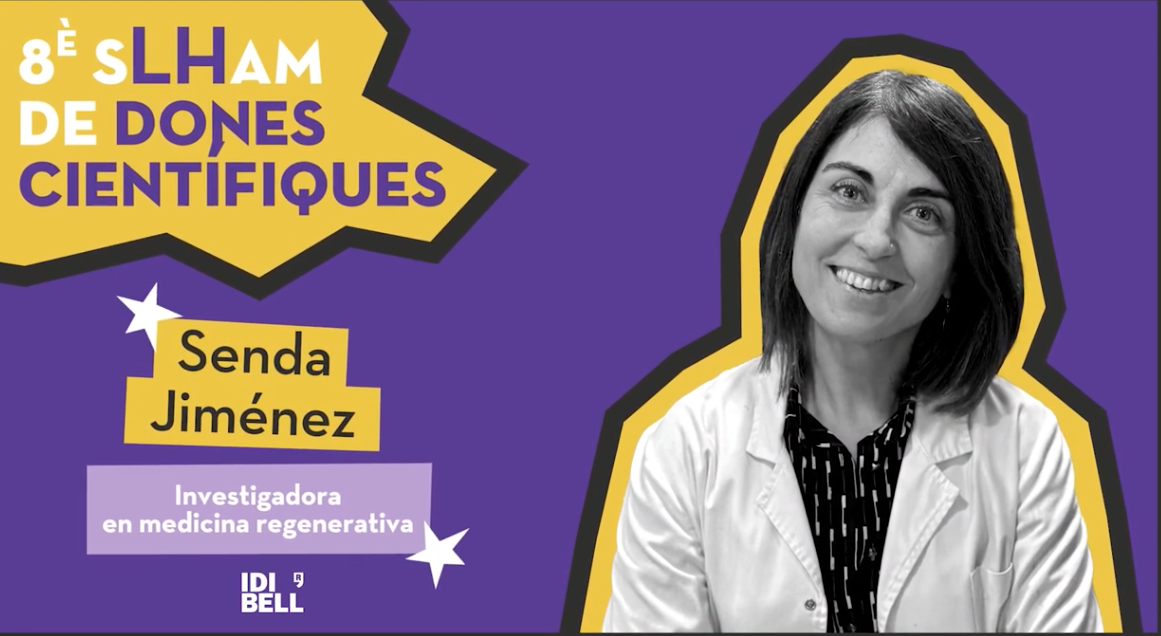 8è SLHam de Dones Científiques (February 2025)
8è SLHam de Dones Científiques (February 2025)
Un acte per apropar la recerca al públic d’una forma distesa i festiva, i posar de relleu el paper de les dones en el sistema de recerca.
Read Article
Funding
Keywords
Heart regeneration, Induced reprogramming, Disease modeling, Cardiac tissue engineering, Stem cell differentiation, Zebrafish, Gene Editing, Bioprocess, 3D Bioprinting.
Publications
Calatayud C, Fernandez-Carasa I, Spataro N, Mussolino C, Richaud-Patin Y, Faella A, Fernández-Santiago R, Ezquerra M, Courtin T, Bandres-Ciga S, Miguez A, Canals JM, Chiritoiu M, Malhotra V, Garrido A, Marti MJ, Tolosa E, Bosch E, Cathomen T, Gage FH, Raya A, Consiglio A. Low-frequency genetic variants in GAK enhance Golgi function and protect against Parkinson’s disease. medRxiv [Preprint]. 2025 Aug 15:2025.08.13.25333123. doi: 10.1101/2025.08.13.25333123.
Blasco-Agell L, Pons-Espinal M, Testa V, Roch G, Montero-Muñoz J, Fernandez-Carasa I, Baruffi V, Gonzalez-Sepulveda M, Richaud-Patin Y, Jimenez S, Cuadros T, Cladera-Sastre JM, Compte J, Manglano-Artuñedo Z, Ventura S, Juan M, Tolosa E, Raya A, Vila M, Consiglio A. LRRK2-mutant microglia and neuromelanin synergize to drive dopaminergic neurodegeneration in an iPSC-based Parkinson’s disease model. Commun Biol. 2025 Aug 12;8(1):1203. doi: 10.1038/s42003-025-08544-4.
Pourchet L, Casado-Medina L, Richaud-Patin Y, Tadevosyan K, Morillas-García A, Lorenzo E, Lazis I, Ventura A, Litowczenko J, Guiu J, Raya A. 3D bioprinting of human iPSC-derived cardiac constructs with microvascular network support for improved graft survivalin vivo. Biofabrication. 2025 May 23;17(3). doi: 10.1088/1758-5090/add627.
Catasús N, Casals-Sendra G, Torres-Martin M, Rosas I, Kuebler B, Mazuelas H, Amilibia E, Aran B, Veiga A, Raya Á, Gel B, Blanco I, Serra E, Carrió M, Castellanos E. iPSC-based merlin-deficient Schwann cell-like spheroids as an in vitro system for studying NF2 pathogenesis. Genes Dis. 2025 Mar 27;12(6):101615. doi: 10.1016/j.gendis.2025.101615. eCollection 2025 Nov.
Calle X, Garrido-Moreno V, Becerra B, Troncoso MF, Silva-Agüero JF, Guajardo-Correa E, Venegas-Zamora L, Lopez-Gallardo E, Muñoz-Córdova F, Fredericksen F, Aedo-Cares S, Peñaloza-Otárola A, Ortega A, Raya A, Maracaja-Coutinho V, Chiong M, Parra V, Lavandero S. 17-beta estradiol prevents cardiac myocyte hypertrophy by regulating mitochondrial E3 ubiquitin ligase 1.Cell Death Dis. 2025 Feb 19;16(1):111. doi: 10.1038/s41419-025-07389-3.
Pons-Espinal M, Blasco-Agell L, Fernandez-Carasa I, Andrés-Benito P, di Domenico A, Richaud-Patin Y, Baruffi V, Marruecos L, Espinosa L, Garrido A, Tolosa E, Edel MJ, Otero MJ, Mosquera JL, Ferrer I, Raya A, Consiglio A. Blocking IL-6 signaling prevents astrocyte-induced neurodegeneration in an iPSC-based model of Parkinson’s disease. JCI Insight. 2024 Feb 8;9(3):e163359. doi: 10.1172/jci.insight.163359.
Kuebler B, Alvarez-Palomo B, Aran B, Castaño J, Rodriguez L, Raya A, Querol Giner S, Veiga A. Generation of a bank of clinical-grade, HLA-homozygous iPSC lines with high coverage of the Spanish population. Stem Cell Res Ther. 2023 Dec 13;14(1):366. doi: 10.1186/s13287-023-03576-1.
Reinal I, Ontoria-Oviedo I, Selva M, Casini M, Peiró-Molina E, Fambuena-Santos C, Climent AM, Balaguer J, Cañete A, Mora J, Raya Á, Sepúlveda P. Modeling Cardiotoxicity in Pediatric Oncology Patients Using Patient-Specific iPSC-Derived Cardiomyocytes Reveals Downregulation of Cardioprotective microRNAs. Antioxidants (Basel). 2023 Jul 3;12(7):1378. doi: 10.3390/antiox12071378.
Escribá R, Larrañaga-Moreira JM, Richaud-Patin Y, Pourchet L, Lazis I, Jiménez-Delgado S, Morillas-García A, Ortiz-Genga M, Ochoa JP, Carreras D, Pérez GJ, de la Pompa JL, Brugada R, Monserrat L, Barriales-Villa R, Raya A. iPSC-Based Modeling of Variable Clinical Presentation in Hypertrophic Cardiomyopathy. Circ Res. 2023 Jul 7;133(2):108-119. doi: 10.1161/CIRCRESAHA.122.321951. Epub 2023 Jun 15.
Tristán-Noguero A, Fernández-Carasa I, Calatayud C, Bermejo-Casadesús C, Pons-Espinal M, Colini Baldeschi A, Campa L, Artigas F, Bortolozzi A, Domingo-Jiménez R, Ibáñez S, Pineda M, Artuch R, Raya Á, García-Cazorla À, Consiglio A. iPSC-based modeling of THD recapitulates disease phenotypes and reveals neuronal malformation. EMBO Mol Med. 2023 Mar 8;15(3):e15847. doi: 10.15252/emmm.202215847. Epub 2023 Feb 6.
Pesce M, Duda GN, Forte G, Girao H, Raya A, Roca-Cusachs P, Sluijter JPG, Tschöpe C, Van Linthout S. Cardiac fibroblasts and mechanosensation in heart development, health and disease. Nat Rev Cardiol. 2023 May;20(5):309-324. doi: 10.1038/s41569-022-00799-2. Epub 2022 Nov 14.
Siguero-Álvarez M, Salguero-Jiménez A, Grego-Bessa J, de la Barrera J, MacGrogan D, Prados B, Sánchez-Sáez F, Piñeiro-Sabarís R, Felipe-Medina N, Torroja C, Gómez MJ, Sabater-Molina M, Escribá R, Richaud-Patin I, Iglesias-García O, Sbroggio M, Callejas S, O’Regan DP, McGurk KA, Dopazo A, Giovinazzo G, Ibañez B, Monserrat L, Pérez-Pomares JM, Sánchez-Cabo F, Pendas AM, Raya A, Gimeno-Blanes JR, de la Pompa JL. A Human Hereditary Cardiomyopathy Shares a Genetic Substrate With Bicuspid Aortic Valve.Circulation. 2023 Jan 3;147(1):47-65. doi: 10.1161/CIRCULATIONAHA.121.058767. Epub 2022 Nov 3.
Álvarez-Palomo B, Veiga A, Raya A, Codinach M, Torrents S, Ponce Verdugo L, Rodriguez-Aierbe C, Cuellar L, Alenda R, Arbona C, Hernández-Maraver D, Fusté C, Querol S. Public Cord Blood Banks as a source of starting material for clinical grade HLA-homozygous induced pluripotent stem cells. Stem Cell Res Ther. 2022 Aug 12;13(1):408. doi: 10.1186/s13287-022-02961-6.
Mazuelas H, Magallón-Lorenz M, Fernández-Rodríguez J, Uriarte-Arrazola I, Richaud-Patin Y, Terribas E, Villanueva A, Castellanos E, Blanco I, Raya Á, Chojnacki J, Heyn H, Romagosa C, Lázaro C, Gel B, Carrió M, Serra E. Modeling iPSC-derived human neurofibroma-like tumors in mice uncovers the heterogeneity of Schwann cells within plexiform neurofibromas. Cell Rep. 2022 Feb 15;38(7):110385. doi: 10.1016/j.celrep.2022.110385.
Iborra-Egea O, Martínez-Falguera D, Roura S, Bayes-Genis A, Raya Á, Gálvez-Montón C. Porcine iPSC Generation: Testing Different Protocols to a Successful Application. Methods Mol Biol. 2022;2454:61-81. doi: 10.1007/7651_2021_446.
Saludas L, Garbayo E, Mazo M, Pelacho B, Abizanda G, Iglesias Garcia O, Raya A, Prosper F, Blanco-Prieto MJ. (2019) Long-term engraftment of human cardiomyocytes combined with biodegradable microparticles induces heart repair. J Pharmacol Exp Ther 370(3):761-771. Epub 2019, Feb 6.
Uroz M, Garcia-Puig A, Tekeli I, Elosegui-Artola A, Albertazzi L, Roca-Cusachs P, Raya A, Trepat X. (2019) Traction forces at the cytokinetic ring regulate cell division and polyploidy in the migrating zebrafish epicardium. Nat Mater 18(9):1015-1023. Epub 2019, Jun 3.
Cai R, Zhang Y, Simmering JE, Schultz JL, Li Y, Fernandez-Carasa I, Consiglio A, Raya A, Polgreen PM, Narayanan NS, Yuan Y, Chen Z, Su W, Han Y, Zhao C, Gao L, Ji X, Welsh MJ, Liu L. (2019) Enhancing glycolysis attenuates Parkinson’s disease progression in models and clinical databases. J Clin Invest 129(10):4539-4549. Epub 2019, Sep 16.
Benzoni P, Campostrini G, Landi S, Bertini V, Marchina E, Iascone M, Ahlberg G, Olesen MS, Crescini E, Mora C, Bisleri G, Muneretto C, Ronca R, Presta M, Poliani PL, Piovani G, Verardi R, Pasquale ED, Consiglio A, Raya A, Torre E, Lodrini AM, Milanesi R, Rocchetti M, Baruscotti M, DiFrancesco D, Memo M, Barbuti A, Dell’Era P. (2019) Human iPSC modeling of a familial form of atrial fibrillation reveals a gain of function of If and ICaL in patient-derived cardiomyocytes. Cardiovasc Res Epub 2019, Aug 28.
Castaño J, Aranda S, Bueno C, Calero-Nieto FJ, Mejia-Ramirez E, Mosquera JL, Blanco E, Wang X, Prieto C, Zabaleta L, Mereu E, Rovira M, Jiménez-Delgado S, Matson DR, Heyn H, Bresnick EH, Göttgens B, Di Croce L, Menendez P, Raya A and Giorgetti A. (2019) GATA2 Promotes Hematopoietic Development and Represses Cardiac Differentiation of Human Mesoderm. Stem Cell Rep 13(3):515-529. Epub 2019, Aug 8.
Members







